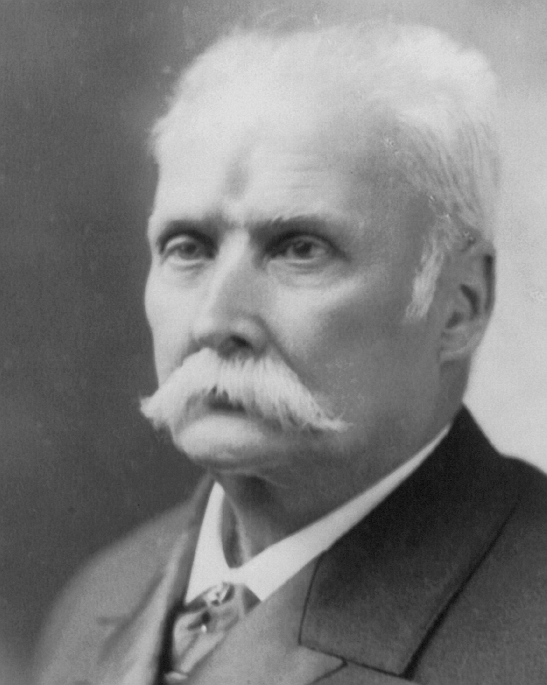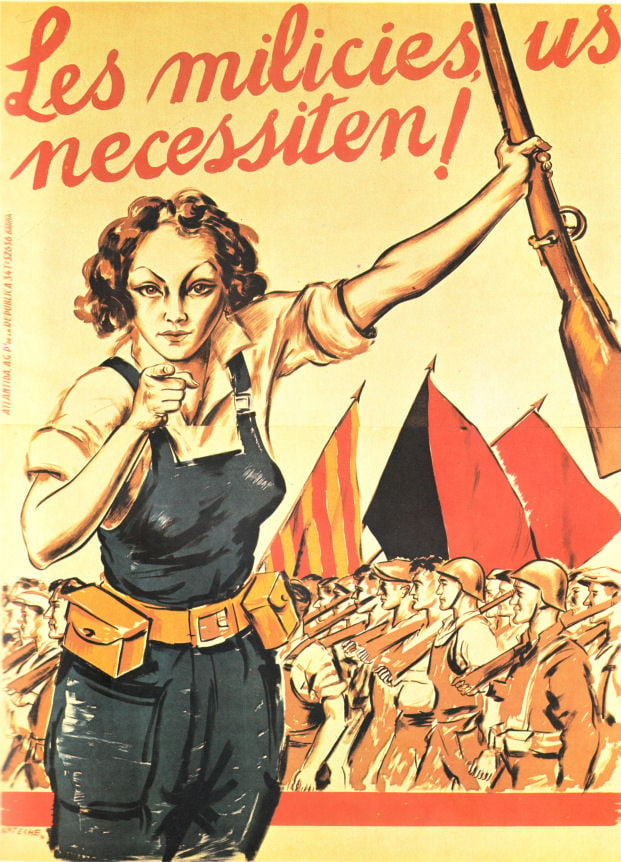Calixto García (1836 - 1898)
Thu Aug 04, 1836

Calixto García Íñiguez, born on this day in 1836, was a general in three separate Cuban uprisings for independence - the Ten Years’ War, the Little War, and the War of 1895, which bled into the Spanish-American War.
García joined the Ten Years’ War at the age of 18. Five years later, when surrounded by Spanish troops, he shot himself under the chin with a .45 caliber pistol to not give them the satisfaction of capturing him. Although the bullet went out of his forehead and knocked him unconscious, he survived. The wound left a great scar and gave him headaches for the rest of his life.
García played a key role in the ultimately successful War of 1895 and protested the subsequent lack of Cuban autonomy in the conclusion of the war (no Cuban was allowed to sign the terms of surrender and the Spanish leaders in Cuba were allowed to keep their posts in Santiago).
After American military commander William Shafter excluded Cubans from negotiations for the surrender of Santiago, declined to invite García to the surrender ceremonies, and let Spanish authorities remain in control of Santiago until the U.S. could establish a military government, García resigned from the rebel army in protest on July 17th, 1898.
García died of pneumonia on December 11th, 1898 while on a diplomatic mission in Washington, D.C. Today, his portrait is on the 50 Cuban peso banknote.
- Date: 1836-08-04
- Learn More: en.wikipedia.org, www.encyclopedia.com.
- Tags: #Birthdays, #Protests.
- Source: www.apeoplescalendar.org

